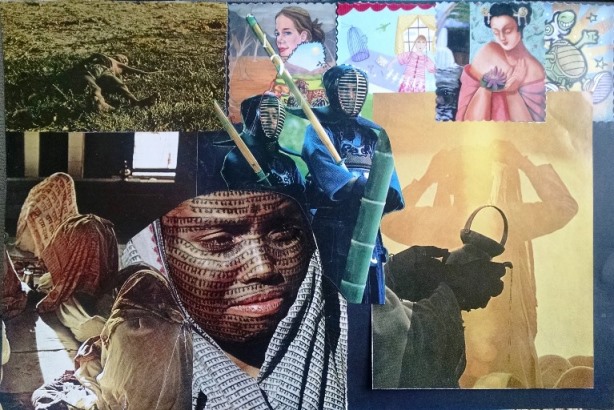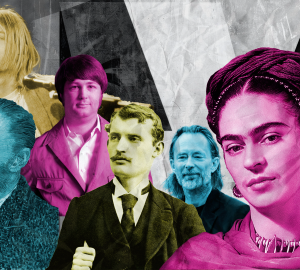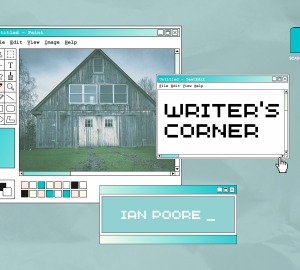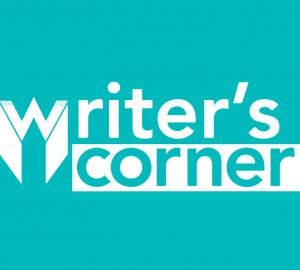
The idea of therapy is often misconstrued as hard work for only people with drastic mental health concerns. However, this belief is incorrect on two accounts: first, anyone can undergo therapy as a way to relieve any degree of stress or dissatisfaction and second, therapy can be hands-on and fun. SCAD-Atlanta is known for its rigorous schedule and workload, therefore the concept of art therapy might be attractive and helpful for the average SCAD student.
Aspiring art therapist Nancy Morales spoke about what art therapy means to her and the various ways in which it can help relieve pain. Morales has a B.F.A in fine arts with a specialty in ceramics from Georgia State University and is working towards a licensed counseling degree as well as her masters in art therapy from St. Mary of the Woods College in Indiana.
“Art therapy is a combination of art making, healing and therapy which uses art to explore emotions in a therapeutic way. It can be used at times where a patient is uncomfortable or unable to verbally express their problems,” Morales said.
Some specific examples that can be alleviated by art therapy Morales gave were: reconciling emotions, reducing anxiety, communicating emotions and working on personal well-being.
Morales claimed that anyone can work with an art therapist. She has worked with children from ages 6-22 with developmental, behavioral and learning disabilities such as: ADHD, anxiety, OCD, conduct disorder and depression.
“Children with communication issues who find it hard to verbally express what is wrong benefit from art therapy,” Morales said. “Cancer survivors are often suggested to experiment with art therapy to help manage pain along with chemotherapy.”
A study done by National Geographic reveals a nine-page spread on how art therapy helped war veterans with post-traumatic stress disorder (PTSD) and brain injuries express and cope with their pain. Art therapy is also known for helping natural disaster survivors as well as patients with Alzheimer’s disease and dementia.
“Art therapy doesn’t necessarily need to have verbal discussion to be therapeutic,” Morales argued.
She provided an example where veterans came together to cook and boil their uniforms only to fashion paper art pieces out of the cotton material. The veterans used a symbol of their war identity to show who they are besides soldiers to create a smoother transition back into everyday life.
Art therapy is also used to help break creative barriers artists are faced with. “To me,” Morales said, “art relates an emotional message and for creative people who get stuck because of emotional issues, art therapy can enhance the creative process in all forms: performance, visual and writing.”
Patients are also challenged to open up their ways of processing information by working with different mediums. For example, an engineer is a cognitive thinker, so he could have a hard time processing the meanings behind a Kandinsky painting or a Dickinson poem. However, by using different art mediums, cognitive thinkers are able to expand their thinking process and interpret more emotion-driven works and obstacles.
“Different mediums bring on different emotions,” Morales stated, “By using specific materials and their various qualities to express themselves, a patient goes through different responses.”
For instance, working with clay is sensory and calisthenic versus working with paint, which taps more into emotions. A professional art therapist is trained to not only know what responses each art medium triggers but how to use them tactfully so as not to further upset a patient. For example, a good art therapist would not ask the victim of a distressing experience to paint a picture of their trauma.
Art therapy is a form of relief for both creative and non-creative people and can help with serious disorders just as much as with common stress.
For more information visit the American Art Therapy Association website or make an appointment with SCAD-Atlanta counseling and support services.



























